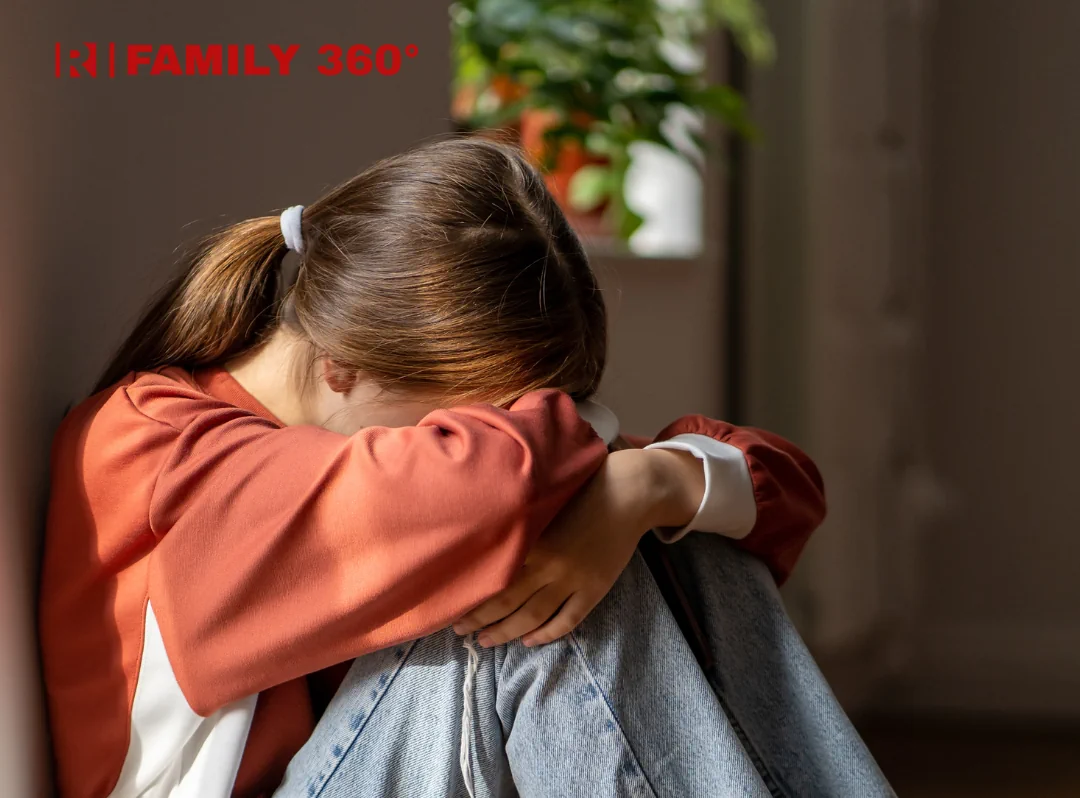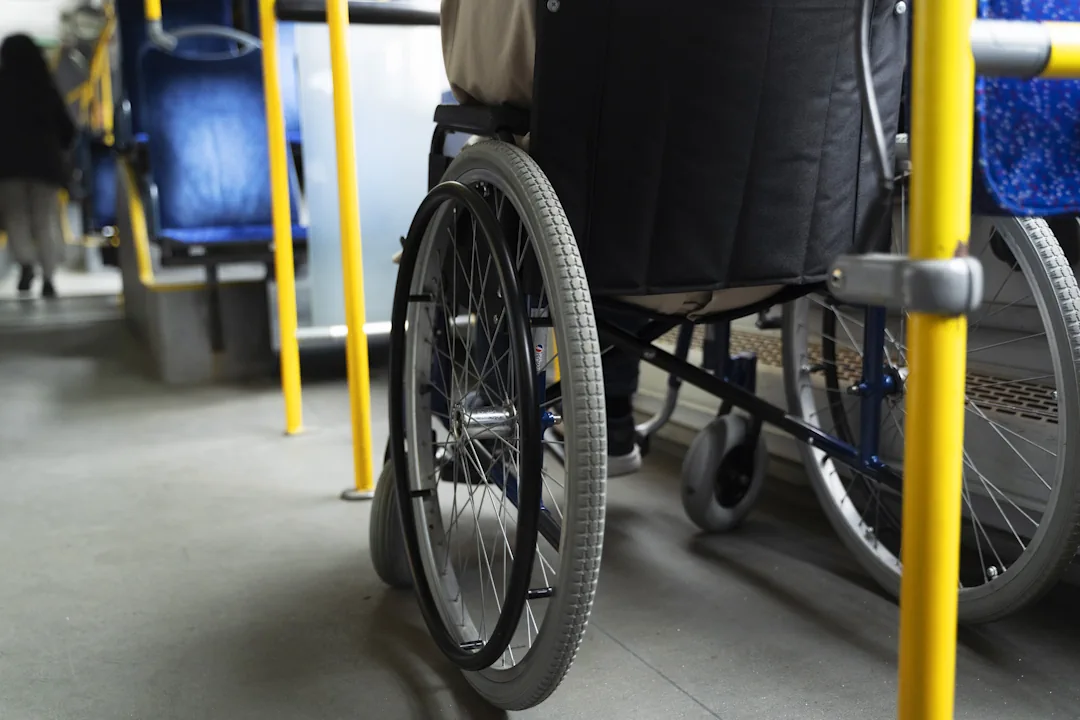29.10.2025
Changes in children's mental health and well-being: a family survey of children and parents

About Family 360° technology
It is not worth making conclusions about teenagers without asking their opinion.
That is why the Rating Group team launched Family 360° technology for family surveys, which focuses on the child who takes the survey, as well as parents, family members, and in some cases teachers, doctors, psychologists, etc. Comparing the answers of children and their parents allows us to understand the relationships and changes within the family. We have previously used this approach successfully with our partners at UNICEF, KSE, and Ty Yak? when researching mine awareness, mental health, education, and career guidance.
About the study
We first researched the topic of mental health in the parent-child context in October 2024. This year, we decided to continue, expanding the scope of the topic and using longitudinal research techniques to better understand the dynamics. In October 2025, this survey covered more than 1,500 children/adolescents aged 10-18 and their parents.
The authors of this research idea are: Svitlana Roiz, child and family psychologist, mother of two children; Marianna Tkalich, CEO of the Rating Lab research laboratory, Doctor of Psychology, mother of Masha (17 years old); Tetiana Skrypchenko, Deputy Director of the Rating Group, mother of Solomiya (8 months old).
Below are the first insights from the research series ‘Changes in Children's Mental Health and Well-being.’
Ukrainian children are experiencing increasing levels of stress
- In autumn 2024, Rating Group and UNICEF found that 27% of Ukrainian children had significant (high or elevated) levels of stress. By October 2025, this figure had risen to 37%.
- Stress increased particularly among girls aged 10-13. We surveyed more than 900 children from a previous study (longitudinal study) and found that stress had increased in 40% of girls in this age group over the course of a year.
- The increase in stress among adolescents is accompanied by certain (often negative) feelings. One in ten children/adolescents who have experienced increased stress have recently felt disappointment as their main emotion.
- On the other hand, children who have experienced decreased stress since 2024 are more likely to feel joy, calmness and interest. They experience less anxiety, sadness and disappointment.
How is this related to parental stress?
We found that in one in five cases, the main feeling of children and parents in recent times coincides. Most often, this feeling is anxiety.
Some children pick up anxiety from their parents, and the stress intensifies.
Anxiety is the most common feeling among children with high and elevated stress levels.
What helps children cope with stress?
So, how can you help your child cope with stress? The results of the Family 360° survey allow us to suggest several useful practices.
Build trusting relationships and communicate more.
About 77% of children who communicate relatively more often with their parents and loved ones about their feelings and experiences have good stress resistance (among those who communicate rarely, this figure is slightly more than half). The stress level in children who communicate frequently with their parents is twice as low.
Support your child's hobbies or help them find a favourite activity.
Children who often engage in their favourite activities are more likely to have low or moderate stress levels (68%). In contrast, less than half of their peers who rarely engage in hobbies have low or moderate stress levels.
Shared hobbies between children and parents are particularly beneficial
As our previous study showed, 57% of children who share a hobby with their parents are well adapted to stress. In other words, they have both high resilience and low stress levels. This has an even stronger effect on parents: 64% of parents who share a hobby with their children are adapted to stress.
Encourage your child to participate in sports and physical activities.
Most children who engage in physical activity frequently have high stress resilience (almost 60%). Among those who do not engage in sports or do so rarely, this figure is 38%.
Sports and physical activity are reliable factors in reducing stress in children.
On the other hand, it is worse when the child's only or main hobby is spending time on gadgets and video games. According to a previous study, the lowest levels of resilience (compared to peers who have other hobbies) are found in children whose hobbies are playing games on their phones or computers. Also, ‘sitting’ on the phone is not a very useful response to a stressful event: children who respond to a trigger by immersing themselves in their phone or computer also have low resilience.
Methodology
- Fieldwork dates: 3–7 October 2025.
- Survey method: CATI>CAWI (Computer-Assisted Telephone Interview – telephone interviews using a computer, CAWI – online survey). In the first stage (CATI), contact was made with parents who gave their consent for their children to participate in the online survey. In the second stage, children completed the survey via a personal link. Parents then received a personal invitation to complete the online parent survey.
- Sample size: 2,531 respondents. Of these, 1,572 were children aged 10-18 and 959 were their parents. Almost 900 children were surveyed again in a longitudinal format.



